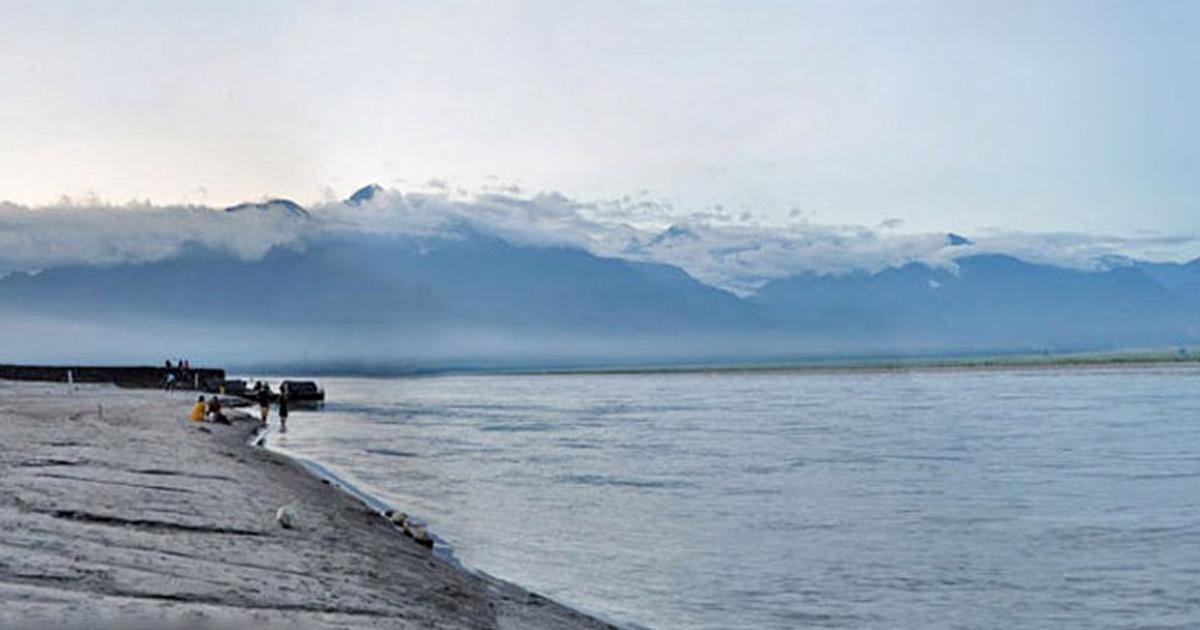India carefully monitoring China’s dam construction project on Brahmaputra River, says MEA
Meanwhile, the Chinese foreign ministry said there was no need to have ‘any anxiety’ over the project, as Beijing would maintain ‘good communication’ with India

India on Thursday said it was “carefully monitoring” China’s actions, following reports that Beijing would construct dams on a section of the Brahmaputra river close to the Line of Actual Control in Arunachal Pradesh.
The river, also known as the Yarlung Tsangpo in China, flows from Tibet into Arunachal Pradesh and down through Assam to Bangladesh. China plans to build a “super dam” on the river in Medog county of the Tibet Autonomous Region, prompting concerns among Indian authorities that the project could trigger flash floods or create water scarcity, according to the Hindustan Times.
At a press briefing on Thursday, Ministry of External Affairs spokesperson Anurag Srivastava said that New Delhi has “consistently conveyed” to China that its hydropower projects should not infringe on the water rights of people living near the lower banks of the Brahmaputra river in India and Bangladesh.
“As a lower riparian state with considerable established user rights to the waters of trans-border rivers, the government has consistently conveyed its views and concerns to Chinese authorities,” Srivastava said. “We have urged them to ensure that the interests of downstream states are not harmed by any activities in upstream areas.”
The foreign ministry official added that the Chinese side has conveyed to India on several occasions that it was only undertaking run-of-the-river hydropower projects, which do not involve diversion of the waters of the Brahmaputra. “The Government [of India] is carefully monitoring all developments on the Brahmaputra river,” Srivastava said.
Currently, issues relating to trans-border rivers are discussed with China under the ambit of an institutionalised Expert Level Mechanism, which was established in 2006, Srivastava said. India intended to remain engaged with Beijing on the issue through this, as well as diplomatic channels, to “safeguard its interests”, he added.
China promises to maintain ‘good communication’
Meanwhile, Chinese foreign ministry spokesperson Hua Chunying sought to dispel apprehensions about the construction, while asserting that it was China’s “legitimate right” to build projects on the lower reaches of Yarlung Zangbo, reported PTI.
Hua said there was no need to have “any anxiety” over the project and that China will continue to have “good communication” with lower riparian states – India and Bangladesh. “When it comes to use and development of cross border rivers, China always acts responsibly,” she added.
The Chinese official said that the development of the project at the lower reaches of Yarlung Zangbo was in the “early stages” of planning and assessment. “There is no need to read too much into that,” she added.
Asked whether China would discuss the future course of action with India and Bangladesh, Hua said, “actually, for a long time the three countries – China, India and Bangladesh – have been in close communication on sharing hydrological information, flood prevention and disaster reduction and contingency management”.
“Going forward China, India, Bangladesh and other concerned countries will continue to have good communication. ” she added.
Under existing bilateral Memorandums of Understanding, China provides hydrological information of Brahmaputra River and Sutlej River to India during the flood seasons, according to PTI. China provides flood season data of the Brahmaputra river between May 15 and October 15 every year.









